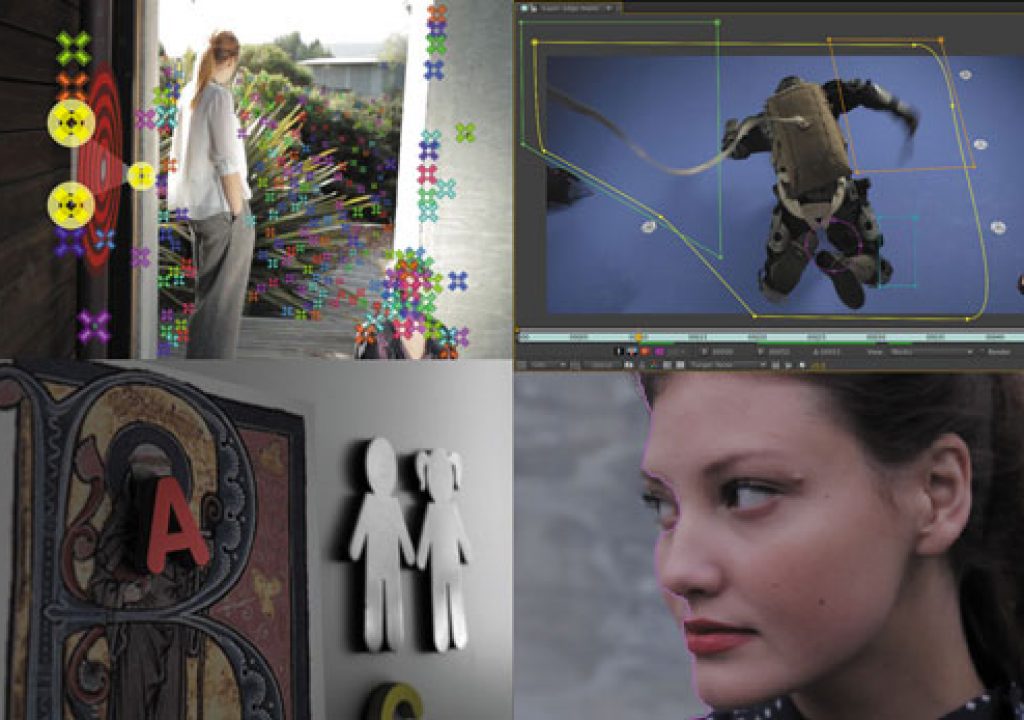After Effects Studio Techniques is unique from other books on After Effects in a couple of specific ways.It is a VFX compositing book, designed to teach you the art of making a single shot believable although it is made up of disparate elements. It is also uniquely focused on intermediate and advanced usage; from Chapter 1 it is assumed that you don’t need to learn the fundamentals of working in video or in After Effects that are best left to other resources, of which there are many. Professional peers have remarked that they learned useful new information right from the first chapter, and throughout the book.
The basic organization of the book remains simple:
- I. All about advanced workflows in After Effects, including settings, shortcuts and animation
- II. Fundamentals of VFX compositing, from keying, roto, tracking and color to camera, HDR and expressions
- III Specific VFX scenarios including sky replacement, fire, smoke, heat, climate
New figures and examples in this version make it truly the best looking After Effects Studio Techniques yet produced.
New additions to the CS6 book
The latest book is 30-40% changed from the previous edition, with changes ranging from re-edits of existing sections to reflect up-to-date approaches and descriptions, to whole new topics, including:
- An in-depth look at Global Performance Cache and how to make optimum use of the CS6 render pipeline
- A revamped Rosocoping chapter to reflect the many changes to After Effects matte-creation tools
- Full coverage of the Camera Tracker and how to maximize success with it
- A breakdown of where new automated tools such as Warp Stabilizer and older, less-automated techniques are most likely to succeed
- A revamped Camera chapter reflecting the many changes to 3D in CS6 and incorporating earlier changes to CS5 and CS5.5, including Camera Lens Blur and stereography
- Integration of Adobe SpeedGrade into color discussion, including a 7 page section just on getting up and running with SpeedGrade
- New and improved Expressions examples
- Specific information on shooting formats including RED and Alexa that deliver HDR source
Technical information regarding changing information such as camera formats is augmented and updated for this edition.
In order to accommodate these topics in the number of pages that permits us to keep the book’s cover price the same, other more specialized material that was part of the print version of the book has been moved to the book’s disc as PDF files. The disk also includes clips and examples that will help you learn and teach using After Effects for VFX.
Editors who want to do more compositing may be happy to find a walkthrough of a “simple” A over B comp in chapter 1. Why the air quotes? This comp demonstrates both that even a seemingly straightforward shot presents some unique challenges, and also shows how to break those down and solve them with specific techniques demonstrated in the book.
If you are an aspriring creative professional interested in understanding fundamental concepts to apply to your own unique work, this is the book for you. If instead you’re looking for a step-by-step, tutorial-recipe style book, there are other resources available, and your comments are appreciated.
A note to buyers of the Kindle edition examples from print edition’s disc can be downloaded

